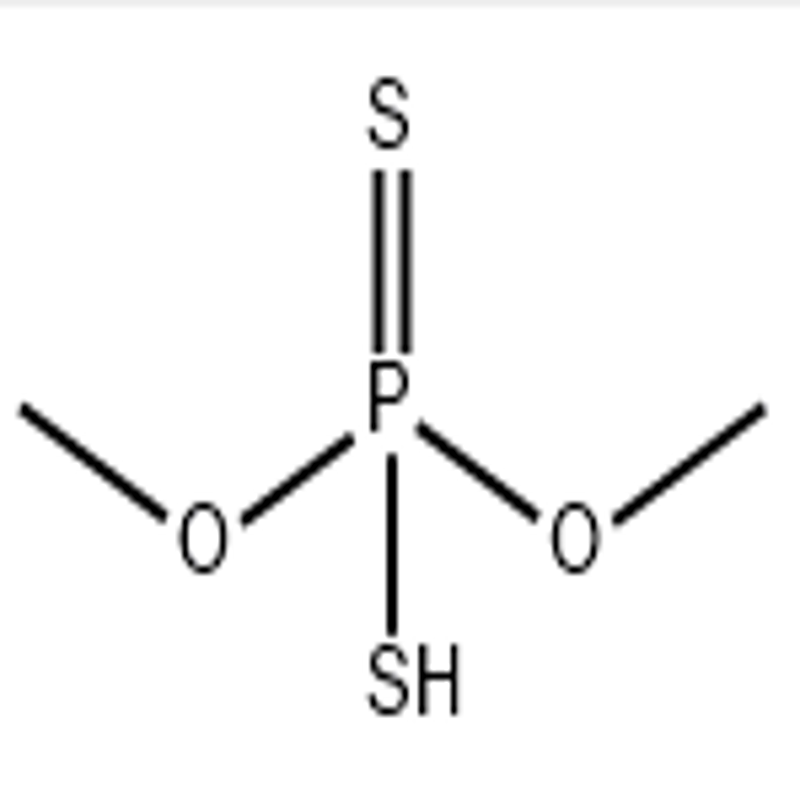-
Categories
-
Pharmaceutical Intermediates
-
Active Pharmaceutical Ingredients
-
Food Additives
- Industrial Coatings
- Agrochemicals
- Dyes and Pigments
- Surfactant
- Flavors and Fragrances
- Chemical Reagents
- Catalyst and Auxiliary
- Natural Products
- Inorganic Chemistry
-
Organic Chemistry
-
Biochemical Engineering
- Analytical Chemistry
-
Cosmetic Ingredient
- Water Treatment Chemical
-
Pharmaceutical Intermediates
Promotion
ECHEMI Mall
Wholesale
Weekly Price
Exhibition
News
-
Trade Service
When pathogens such as bacteria invade plants, they will absorb the sugar produced and accumulated during plant photosynthesis
.
Researchers from Kyoto University and other institutions in Japan have discovered that there is a protein in Arabidopsis leaves that can transport sugar from outside the cell to the inside
.
When pathogens such as bacteria invade, Arabidopsis will initiate a defense response mechanism, and the role of this protein will become stronger, recycling the sugar from the outside of the cell to the inside
.
This is equivalent to the plant's defense purpose by "cutting food" to bacteria and other pathogens
.
In the experiment, the researchers artificially destroyed the function of this protein, and found that the number of bacteria has increased significantly, and the disease of Arabidopsis is more serious
.
Researchers believe that this mechanism should also exist in other plants, and this discovery will help develop new pesticides that help plants resist pathogens
.
Related research reports have been published in the online edition of the American "Science" magazine
.
.
Researchers from Kyoto University and other institutions in Japan have discovered that there is a protein in Arabidopsis leaves that can transport sugar from outside the cell to the inside
.
When pathogens such as bacteria invade, Arabidopsis will initiate a defense response mechanism, and the role of this protein will become stronger, recycling the sugar from the outside of the cell to the inside
.
This is equivalent to the plant's defense purpose by "cutting food" to bacteria and other pathogens
.
In the experiment, the researchers artificially destroyed the function of this protein, and found that the number of bacteria has increased significantly, and the disease of Arabidopsis is more serious
.
Researchers believe that this mechanism should also exist in other plants, and this discovery will help develop new pesticides that help plants resist pathogens
.
Related research reports have been published in the online edition of the American "Science" magazine
.







